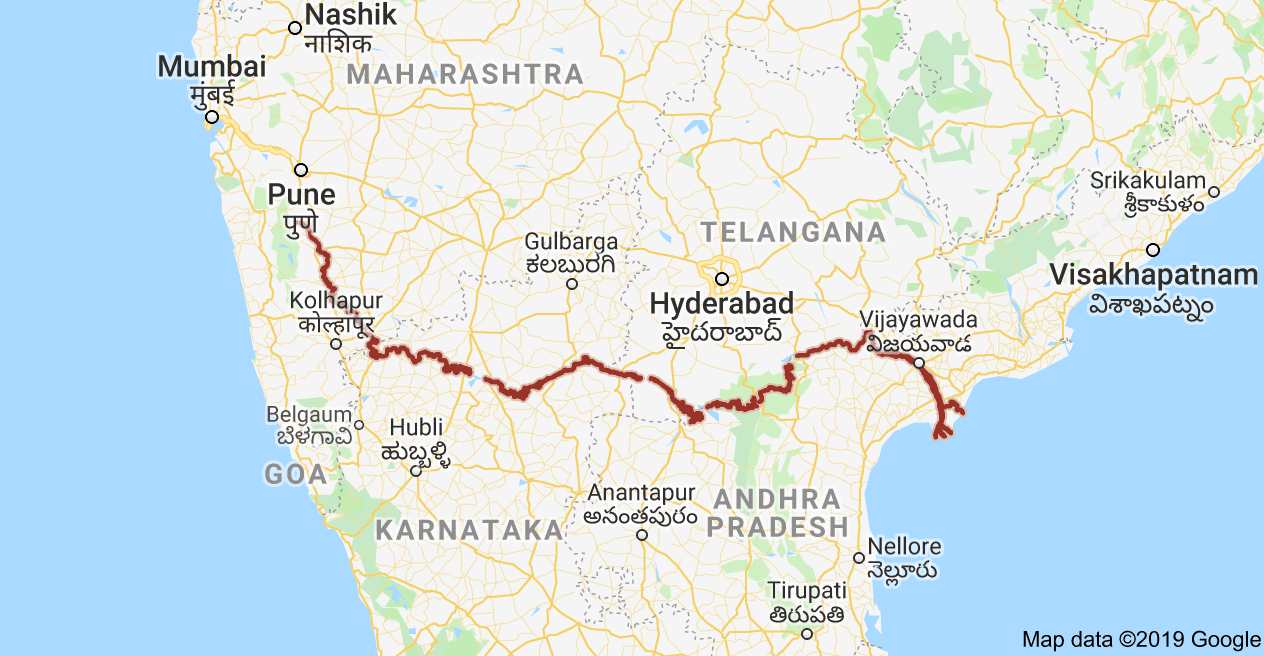7667766266
enquiry@shankarias.in
Influenza classification
Epidemiological Terms to know
Vehicles Pollution test – PUC Test
Chandrayaan-2 in perspective
Krishna Water dispute

Source: PIB, The Indian Express